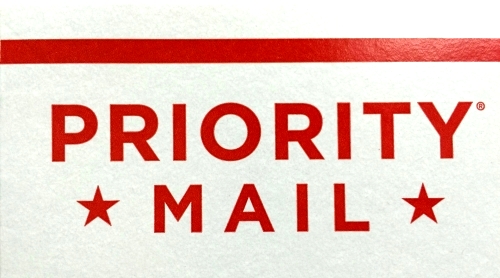 Daniel Group obtained a federal registration on service mark “ServicePerformance.” But Daniel Group failed when it demanded and then sued claiming trademark infringement to stop Service Performance Group from using that name for similar services. Why did it fail?
Daniel Group obtained a federal registration on service mark “ServicePerformance.” But Daniel Group failed when it demanded and then sued claiming trademark infringement to stop Service Performance Group from using that name for similar services. Why did it fail?
Because the Daniel Group was not first to use the words “Service Performance” in business for its services. Service Performance Group began using its name 9 years before Daniel Group received its federal trademark registration.
Daniel Group did not have “priority of use.” So its trademark claim failed even though it had a federal registration and Service Performance Group did not (the space vs. no space between Service and Performance had no impact in this case).
A federal trademark registration is not bullet proof against prior users. This is the case of Daniel Group v. Serv. Performance Group, Inc., 753 F. Supp. 2d 541 (E.D. NC 2010). The court there stated the rule that it is not registration of the mark, but the “actually use of the designation as a mark that creates rights….Neither application for, nor registration of, a mark at the federal level wipes out the prior non registered, common law rights of others.” McCarthy on Trademarks 16:1 (citing Johnny Blastoff, Inc. v. Los Angeles Rams Football Co., 188 F.3d 427 (7th Cir. 1999)).
The “I Was First” Defense
If you receive a cease and desist letter claiming trademark infringement, one basis to defend is that you used the mark before the plaintiff used the mark.
Priority of use provides that the party that first starts using the mark usually wins. Priority can be established by actually use or by filing an intent-to-use trademark application (constructive use).
So if you started using the mark before the plaintiff, then the plaintiff may not have the right to stop you from continuing to use the mark in your geographic area.
However, if you have not applied to register your mark and the plaintiff has, the plaintiff may not stop you from using the mark in your geographic area, but your right to expand sales geographically may be limited.
Investigating Priority
How do you know what date Plaintiffs cease and desist letter may state the date that the Plaintiff first started using the mark? If the Plaintiff has a federal registration, the federal registration will provide a first use date. If the plaintiff’s federal registration resulted from an intent-to-use application you will look to see the filing date of the application as the constructive first use date.
You can also look for general evidence of use by date. For example, you can search the Internet Archive to see if the Plaintiff’s website on a certain date shows a use of the trademark. If the Plaintiff has a Facebook page, you can view the Facebook page to find posts having the mark and look to the date of the post (but the user can modify the date of a post).
The Plaintiff’s lack of priority of use, or “I started using the mark before you,” is one way to defend against claims of trademark infringement.